As the MarineLiner hurtles across the Seto-Ohashi Bridge separating Shikoku Island from Honshu, it's clear you are entering an entirely different region of Japan. Views of floating islands and distant mountains fill the windows, a promise to visitors of what lies ahead.
Kagawa Prefecture constitutes the northern quadrant of Shikoku Island, the smallest of the four main islands that make up Japan. Rich in history and culture, the region includes Takamatsu City, a thriving burgh with much to offer visitors, as well as the nearby islands of Shodoshima, Naoshima, and Teshima, each with its own unique characteristics. Let's begin our virtual journey in the city and then work our way around the islands.
Modern-day Takamatsu has a number of attractions for visitors, starting with the elegant and inviting Ritsurin Garden. Covering hundreds of acres, the garden is home to hundreds of carefully cultivated plants and trees, ponds, and teahouses. A bit to the east lies the sprawling Shikoku Mura, an architectural village composed of dozens of authentic homes and buildings from around the region reconstructed to create a very natural-feeling environment. Nearby, the Isamu Noguchi museum and studio remain much as he left them, with a substantial collection of his work and his home while he lived in Japan. Japanese-American master furniture maker George Nakashima also spent time in Takamatsu and there is a lovely museum showcasing his life's work. Finally, the area is home to many temples and shrines, several of which are part of the 88 Temple Pilgrimage around the island.
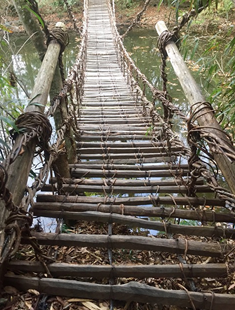
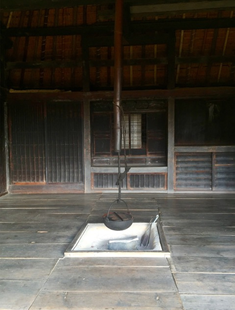
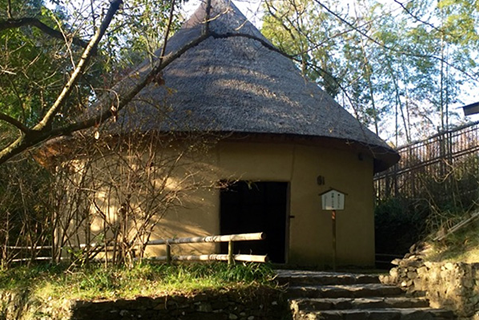
What are the odds that an island shaped like a cow would have spent the last 1200 years as a center of cattle ranching? From the 8th century until the late 19th century, Shodoshima Island produced work animals; strong, sturdy oxen used in farming and sugar production In 1882, an enterprising rancher began fattening his cows and by the early 1900's, Shodoshima was producing "Sanuki Wagyu," beef. Jump ahead to 2010 when another forward-thinking rancher realized that olives, Shodoshima's other major product, could be instrumental in raising the quality and taste of his beef. He hit upon the idea of feeding the lees from pressing the olives to his cows, and after three years of trials, at last found a recipe his cows deigned to eat. The farmer's efforts have paid off as Olive-Fed Wagyu Beef is not only healthier than its counterparts thanks to the increased levels of oleic acid, it's also notably more delicious.
Beyond beef and olives, Shodoshima has much more to offer adventurous visitors. The island is home to 22 traditional soy sauce factories, several of which are still using massive wooden barrels and manpower to produce an array of rich, fragrant products. Yamaroku and Marukin are two that welcome visitors, and tours and tastings are recommended to fully grasp both the complexity and the range of flavors and applications possible. Wash down the umami with a sake tasting at the island's sake brewery, Morikuni, run by the 6th generation owner and turning out a fine selection. They also serve food at a friendly counter-bar, a perfect place for lunch or an afternoon snack.
To enjoy everything mentioned so far, a night at Mari Ryokan is highly recommended. With just seven rooms, no two alike, and a master chef on hand, guests are treated to an exquisite meal that includes sampling local soy sauces, the option of local sake, and beautifully designed surroundings. The manager speaks English so nothing gets lost in translation and guests are extremely well cared for.
As for local sights, the Senmaida Nakayama Terraced Rice Fields, the Kankakei Scenic Ropeway, the olive groves and olive history museum, and several lovely beaches are all worth a visit, and if you time your visit just right, you may get to see the local Noh theater in operation, continuing a centuries-old tradition. The island is larger than you might think, so consider renting a bike or car to get around, or use one of the island taxis.
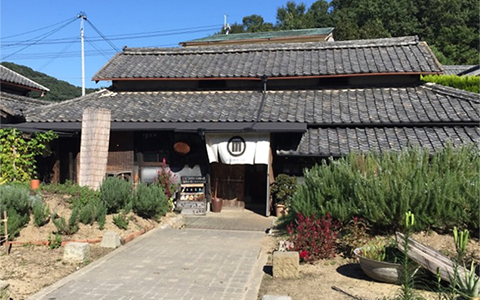
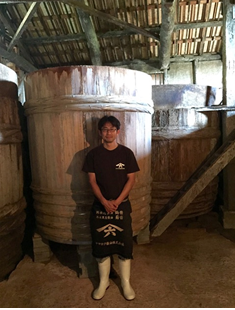
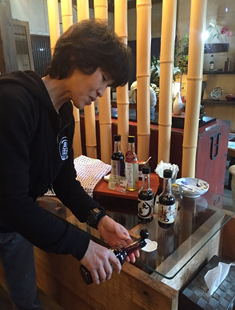
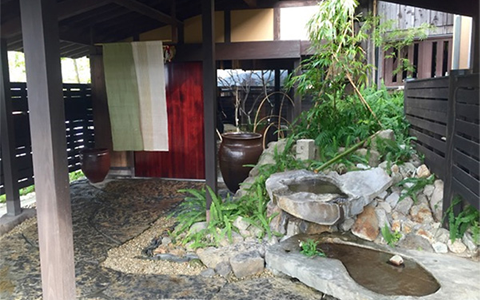
Known colloquially as the islands of contemporary art, Naoshima and Teshima are home to a number of world-class museums, installation arts, architecture, accommodations, and stunning views of the Seto Inland Sea. Created by the Benesse Holdings starting in 1992, it's grown to encompass most of Naoshima and Teshima islands and includes a luxury hotel, fine dining, a unique architecture project, and much more. Visitors arrive by ferry from one of several ports and spend from one to several days exploring. On Naoshima, all major structures were designed by Tadao Ando using concrete and spare, minimalist design. The Chichu Museum, synchronized with the surrounding nature, features the work of three artists: Claude Monet, James Turrell, and Walter de Maria, while the eponymous Lee Ufan Museum exclusively displays that artist's ouvre. Up at Benesse House Musuem visitors can view a vast collection representing artists from around the world with nothing older than 1980.
Aside from the museums, there is the Art House Project in which architects took local homes and renovated them in creative, unexpected ways and integrated them into the community. A truly organic experience, it transforms both locals and visitors in a ever-changing environment.
Over on Teshima, the Teshima Museum draws countless visitors to its unusual form. Resembling a drop of water, the concrete shell draws people in where they can experience both the space itself as well as the collection. The island is also home to the charming Shokudo 101, an old folk house restyled into a lively caf辿.
All three islands are connected via a ferry system that runs multiple boats daily from a number of local ports, making transport between any two destinations simple and direct. It's recommended to spend three-four days in Kagawa, enough time to thoroughly explore Takamatsu and the islands. Allow plenty of time for sampling the local cuisine: in addition to Olive-Fed Wagyu Beef, there's Sanuki Udon, all manner of fish and seafood, and a variety of locally brewed sake. All in all, there's nothing not to like about Kagawa Prefecture!




